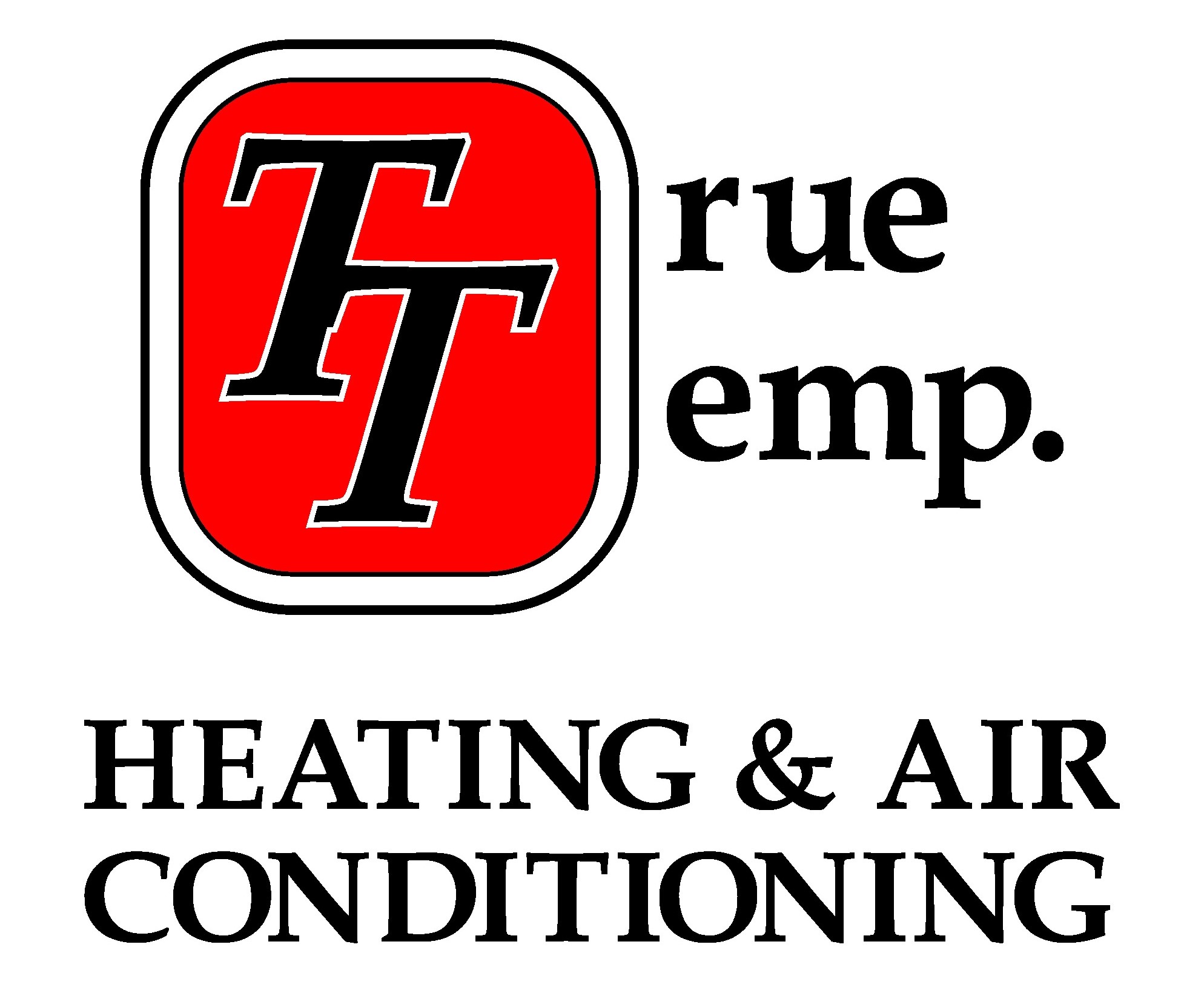Everyone’s always looking to save money on their utility bills, but it just so happens there’s a way to do it when you aren’t even home.
It starts with your thermostat. By learning more about its special features and settings, you can structure its daily schedule around your personal preferences. This means establishing various temperature settings for when you’re at home, away or even when you’re sleeping.
With a few simple adjustments, you’ll be able to enjoy comfortable temperatures while keeping more money in your pocket. Take a look at a few ways your thermostat can be a source of energy savings:
While at Home
When you’re home, you want a nice range of pleasant temperatures. It’s only natural to want your thermostat lower in the summer while you are in the house to appreciate the cool air.
But the most energy-efficient temperatures for the summer is actually around 78 and 80 degrees Fahrenheit. By adjusting things a few degrees, you can stay cool while still lowering your monthly energy bill.
While Gone
When setting the temperature for whenever you’re gone, it’s extremely common to move the thermostat higher than normal.
Depending on the local climate or your home’s location, you can set the thermostat to higher temperatures like 88 degrees while no one is home and then lower it back to the sweet spot of 78-80 degrees once you’re home again. This way, your air conditioning system isn’t working around the clock to cool an empty house.
While Sleeping
For a full night’s rest during summer weather, you want a temperature that’s nice and cool. A good rule of thumb is between 68-72 degrees Fahrenheit. This will keep you from getting too hot or too cold when you are trying to get some rest.
Other Ways to Use Less Energy:
- Put in a smart thermostat: Trying a smart thermostat in the summer is an excellent way to reduce energy costs as it forms temperature schedules according to your lifestyle and idea of what comfortable is. It’ll take care of making changes while you are home or sleeping, while allowing it to get warmer when the house is empty. Using reputed brands and models such as the Lennox iComfort, you can adjust the temperature remotely through your smartphone, tablet or laptop. Scheduling smart thermostat installation in your Chatsworth home can be the simplest strategy for maintaining comfortable, yet energy-efficient temperatures whether you’re at home or across the country.
- Upgrade your HVAC system: A high-efficiency HVAC system saves money right from the start. With greater energy efficiency, your utility bills will be lower because it requires less energy to reach your preferred temperatures. Air conditioning installation in Chatsworth is a great way to beat the heat in the summer.
- Keep up with AC maintenance: Investing in or ignoring regular air conditioning maintenance in Chatsworth can have a big impact on your monthly energy use. If you stay on top of cleaning key components like the coils, checking for damage and clearing air vents of dust and debris, you may notice your HVAC system run more efficiently. Increasing efficiency also limits strain on key parts and lowers operational costs, resulting in lower energy usage and subsequently, smaller bills.
- Replace your air filter regularly: A regular schedule for cleaning or replacing the HVAC system’s air filter saves money by helping air flow efficiently through your air conditioner. When filters are old and less effective, your air conditioner will have to work harder, and this greater strain could shorten the system’s life span and cause breakdowns.
- Check your attic insulation: Insulation is one of the key components in any energy-efficient home, securing the hot air outside and the cool air inside over the summer. The North American Insulation Manufacturers Association (NAIMA) recommends that homes in the southern United States should possess at least 13-14 inches of insulation, while those in northern U.S. states should have 16-18 inches.
- Check your ventilation: A leak in the air ducts could increase your energy bills much more than 20 percent, plus it can potentially allow harmful emissions from your water heater, clothes dryer and other appliances throughout your home. Checking your ductwork for leaks and sealing them can help with both these issues.
- Seal all other leaky spots in your home: Sealing up other leaks in your home with caulk, foam sealant or weather-stripping keeps temperatures a little cooler on hot summer days. You should also check for any gaps around windows, doors and even outdoor fixtures. Taking the time to seal up any leaks now can help you save a lot in the long term.
